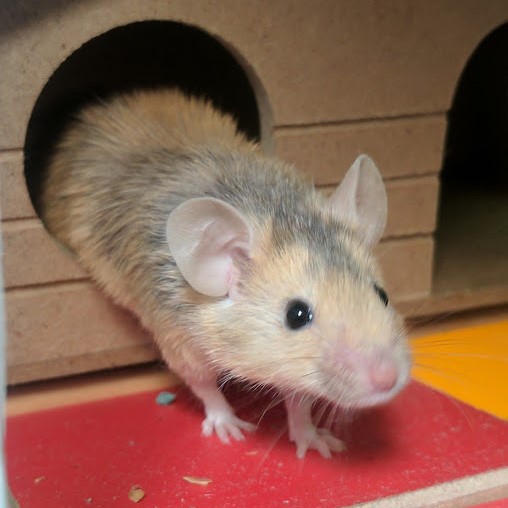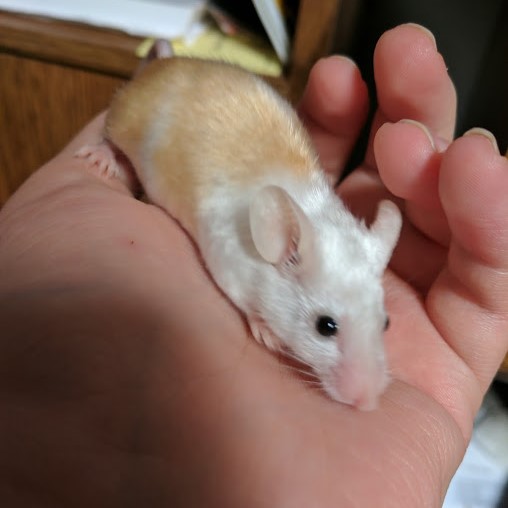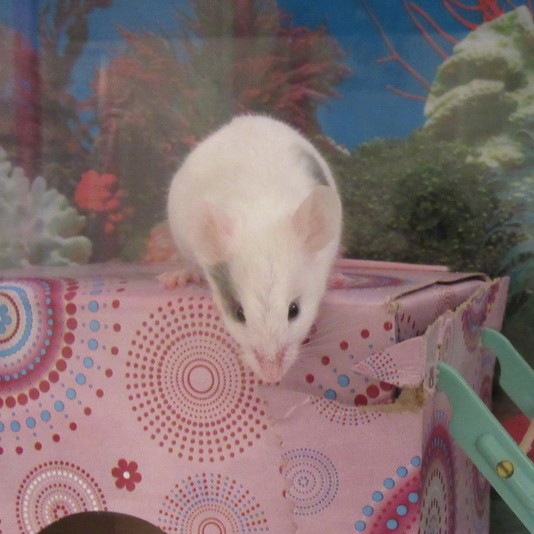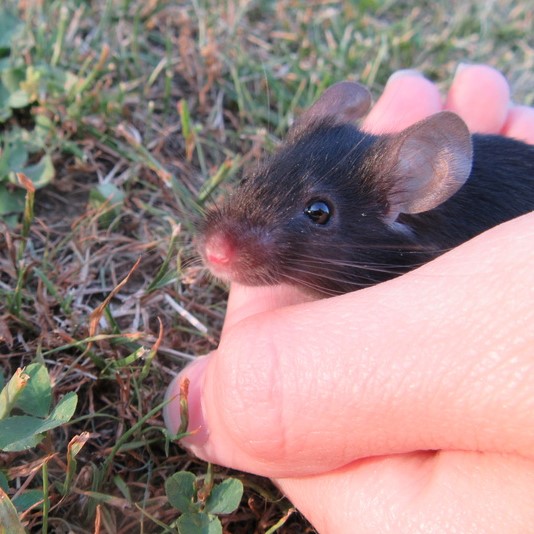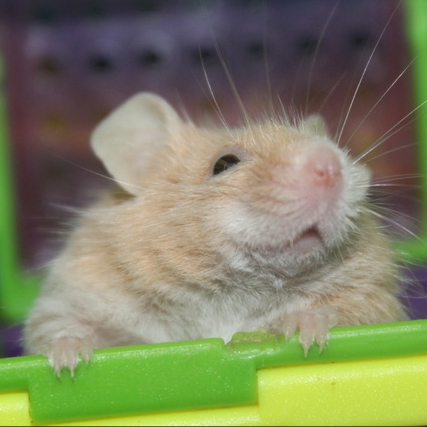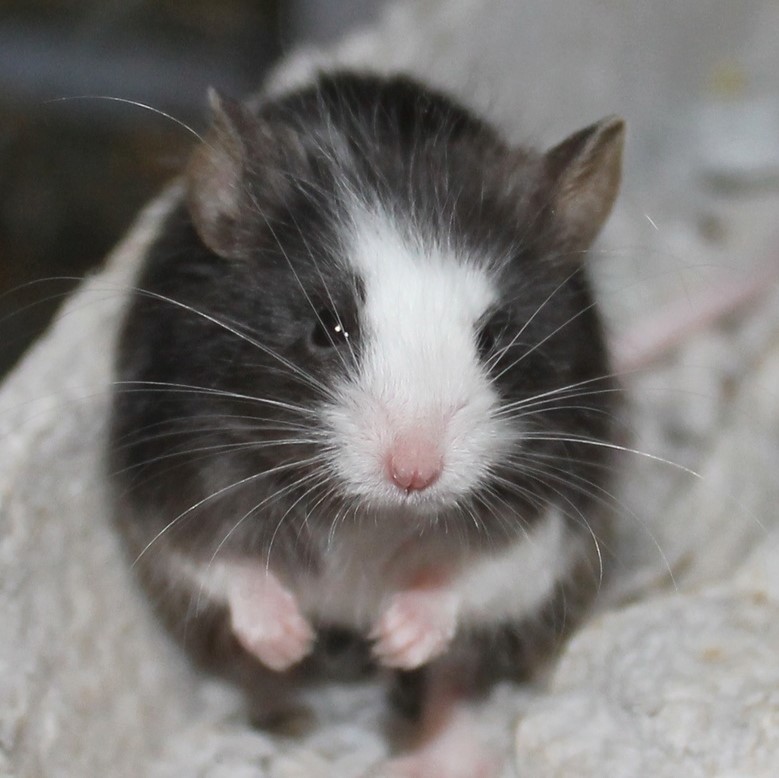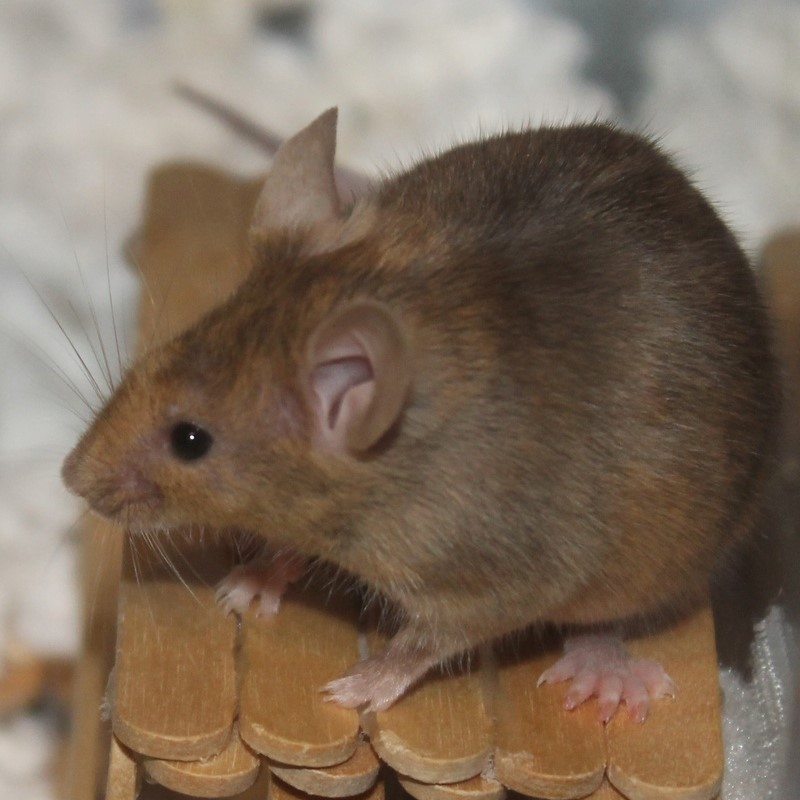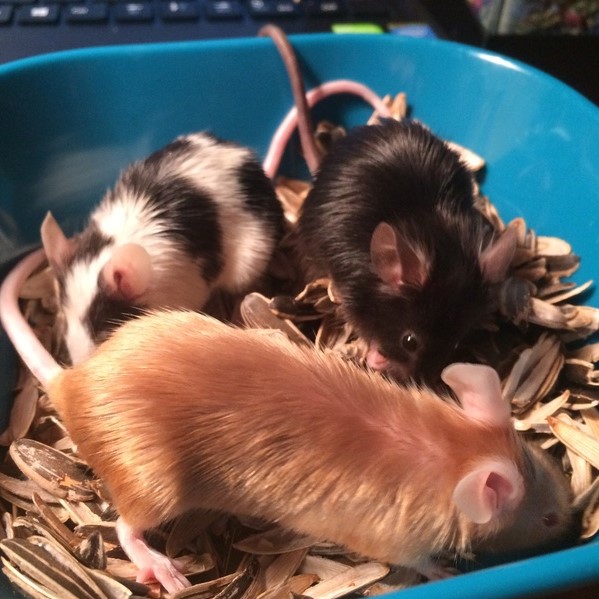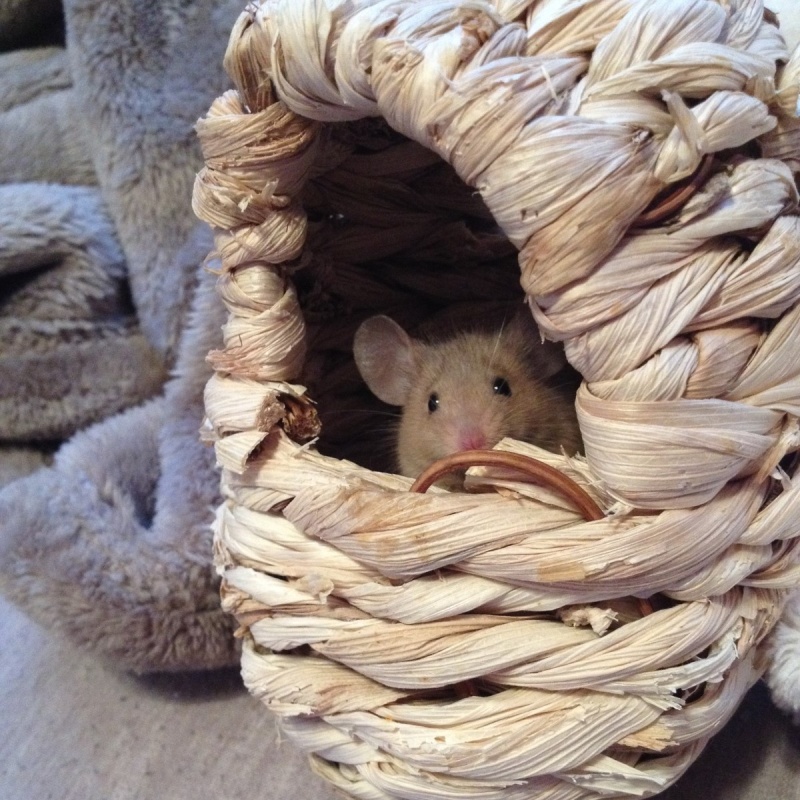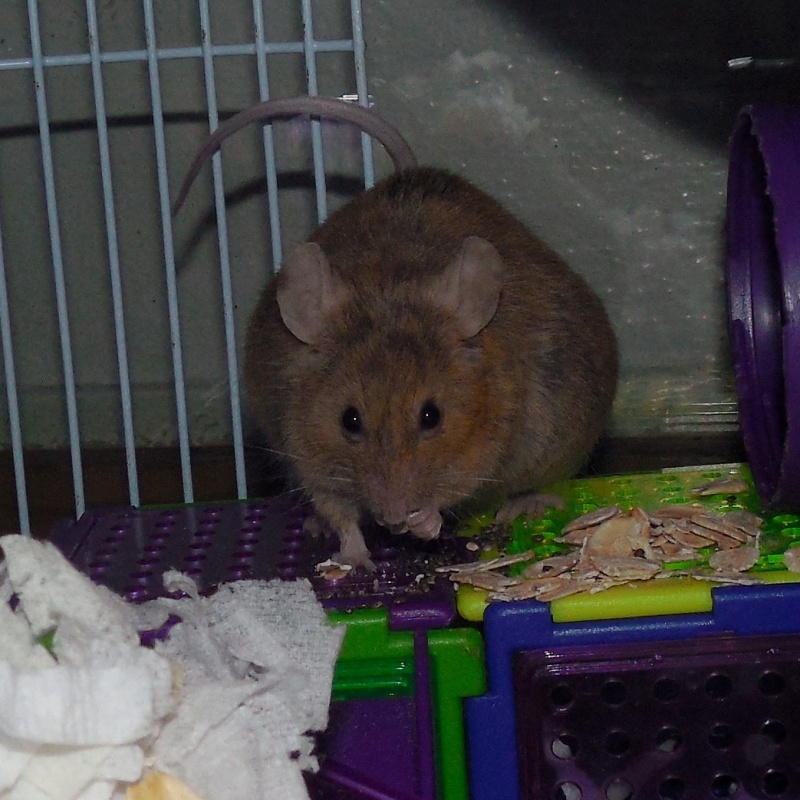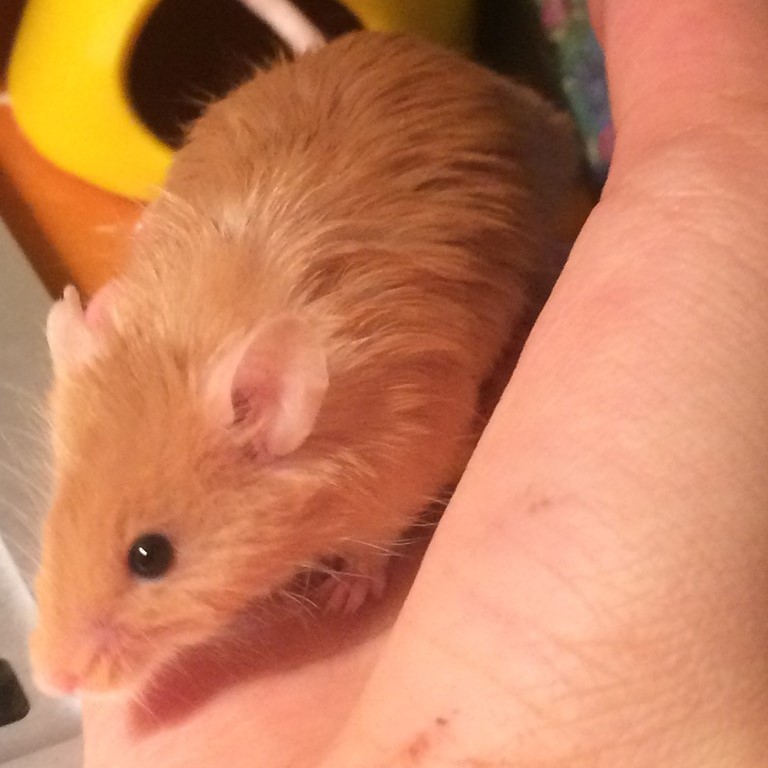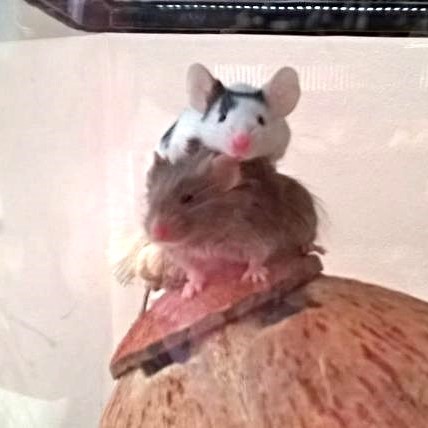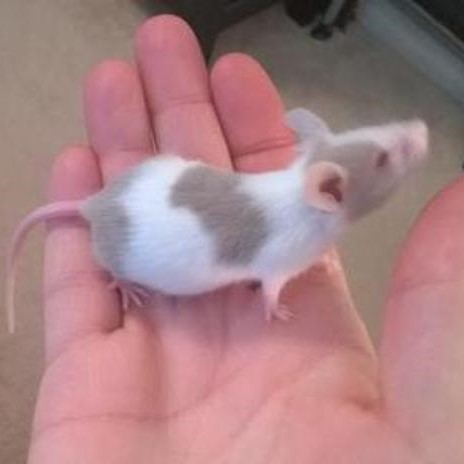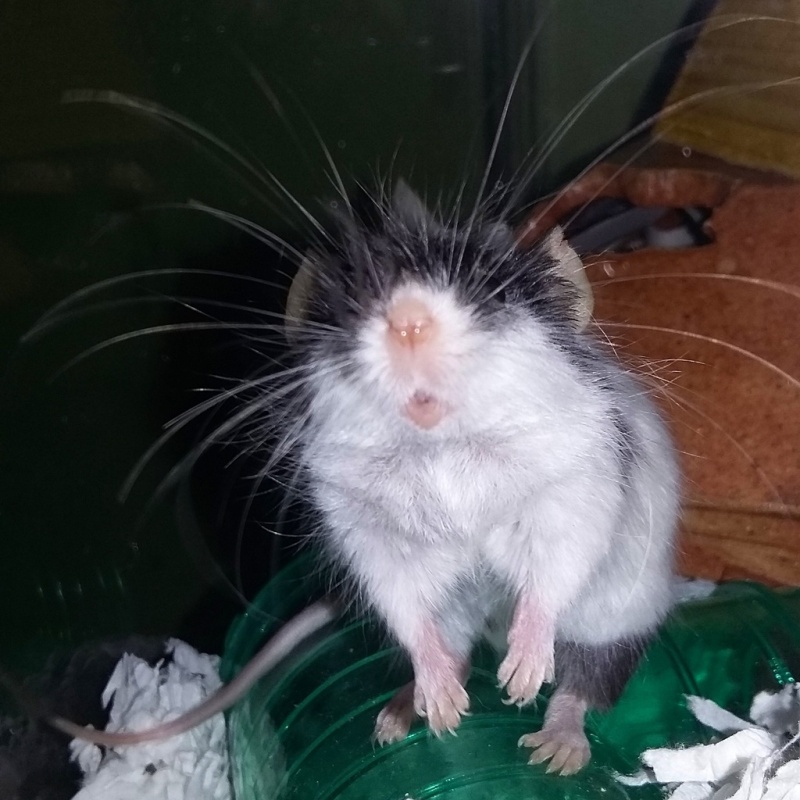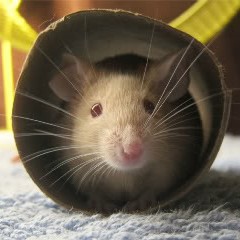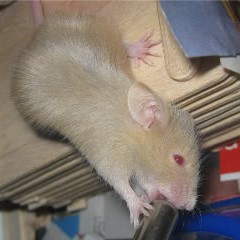Bringing Your New Mouse Home
Page 1 of 1
 Bringing Your New Mouse Home
Bringing Your New Mouse Home
| The content on this page was first published on The Fun Mouse website and has been reposted with permission. Please do not reproduce in any way. |
Before Getting a Mouse
Before you add a mouse to your family, you should ensure that a mouse is the right pet for you. You should learn everything you can about keeping mice and have general mouse supplies and an emergency kit on hand. You should have a vet picked out and monetary savings in case you need it.Preparation
Before bringing your new mouse home you should have their new housing enclosure prepared. Doing so will help avoid longer periods in their transport carrier and will minimize your mouse's stress. Keep their new home where it will be normally. There is no need to place it in a quieter area if their normal area is fit for them. For housing information, check out the stickies under the Mouse Housing section.Tips to Help Your Chances of Picking a Healthy Mouse from a Pet Store
Before you buy mice from a pet store, you should check out your local shelters. You can usually find a listing of available pets on the shelter's website, or you can search for pet mice at petfinder.com.Whether you get your mice from a pet store or the shelter, there are some things that you can watch out for to help ensure that you're bringing home a healthy mouse. Keep in mind that mice from pet stores or "backyard breeders" are NOT bred for health and it's very possible that there's a health issue you cannot see or that hasn't come up yet, such as tumors.
First, observe their enclosure. It should look clean and well-maintained, with access to clean water and without excessive feces or old food. Because wood bedding often contributes to parasites and allergies, a paper based bedding like Carefresh is ideal. Overcrowding is an issue because it can cause stress, which can contribute to health issues as well as cause fighting.
If the enclosure looks okay, the next thing for you to evaluate are the mice themselves. All of the mice should look healthy, active, and alert. They should all have bright eyes, not closed, and have no discharge coming from their eyes, nose, or anus/genitals. The coat should appear full and shiny, they should be a healthy weight, and the ears should be perky, not laid back. If even one mouse looks unhealthy, it's best to find another pet store. The other mice may simply not be showing symptoms of the illness yet.
If the enclosure and the mice have passed your inspection, the next thing for you to do is handle them. This is important because it helps you pick a mouse that is not terrified of humans. A mouse who shows curiosity towards you is likely to be easier to handle and tame, and friendly mice make better pets.
Transport Carrier
When selecting a carrier, you should choose something small and well ventilated. Mice do better in smaller areas where they feel more secure. Small Kritter Keepers are recommended for short trips. You can use tanks, but we recommend against them for safety. Never use a cardboard box as mice can chew out quickly. Inside which ever carrier you chose, add plenty of bedding. We recommend bedding that mice can easily burrow in, such as Carefresh. Also provide them with a light weight house. A box works great, but anything light weight and small will work. You should not include anything that is not absolutely necessary in their carrier. Never give them a wheel of any kind. Mice should not be given a hard food dish either. When offering them moist food, a paper cupcake holder often works great. For more information about transporting and for a tutorial on modifying Kritter Keepers to hold water bottles, check out this thread: How to Safely Transport Mice.During Transport
It is recommended that you add something moist for the mouse to eat if your mouse will be in its carrier for longer than an hour. Water bottles in travel often leak, and a leaky bottle can cause mice to become ill very quickly. The moisture in the food will keep your mouse hydrated without giving them a water bottle. If the mouse is used to fruits or vegetables, you may use that. You can find a list of safe foods on the forum: https://www.petmousefanciers.com/t2-safe-foods.If the mouse is not used to fruits or vegetables prior to travel, it is best to use an alternative. Transporting mice is stressful in itself so it is best to avoid food that could potentially upset their tummy and cause diarrhea. Kitten Milk Replacer (KMR) mixed with cooked rice or oatmeal is the least likely to cause tummy upset if your mice have not previously been exposed to them.
If your trip is lengthy, you should stop every 2 hours to replace moist food (food should not sit out longer than 2 hours) and offer your mouse water. Mice will generally come out to take a drink as soon as you offer them a water bottle.
Besides changing food and offering water on long trips, you should not bother your mouse during transport. Travel is very stressful on mice, therefore it is best to leave them alone.
Arriving Home
When you arrive home, you should place your mouse directly in their new tank. Place anything that may have been sent with your mouse into their new home, it will have your mouse's scent on it, helping them feel more at home. You should not handle your new mouse very much when you first arrive home. They need to get used to their new surroundings and settle in. Holding them or playing with them will only stress them out more, making it harder for them to settle in and harder for you to tame. Place yourself in your mouse's shoes, so to speak. You've been ripped away from everything you know, ripped from all your friends you've ever known, thrown unwittingly into a new home that you know nothing about, with new surroundings, smells, and new "hand monsters" (people). It can be very terrifying. If you have a breeder mouse, it is best to wait 24 hours after arriving home before you start handling them. If you have mice from a pet store, you may wish to wait three days to a week. After the adjustment period, you can start bonding with your new mouse. To have a good, lasting, and loving relationship you need to build up trust. This takes time, but it is absolutely worth it in the long run as it ensures a lasting bond. You can find taming tips on this page: https://www.petmousefanciers.com/t8-taming-handling-mice.If you are unable to pick your mouse up without stress or chasing, try using a toilet paper or paper towel tube. Offer the tube for them to get into under their own free will. This will allow you to move your mouse without a chase and without breaking their trust.
Good luck with your new addition!

AppleCheeks- Sr Member

- Join date : 2016-04-03
Posts : 123
Page 1 of 1
Permissions in this forum:
You cannot reply to topics in this forum|
|
|











